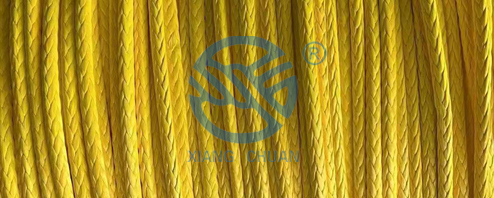
Unlocking the Secrets of Mooring Tails: A Comprehensive Guide to Ship Docking
Introduction
Mooring is an essential procedure in the maritime industry, allowing ships to safely dock at ports and interact with terminals. A vital component of mooring is the mooring tail, which plays a significant role in ensuring the stability and security of the vessel during the docking process. In this comprehensive guide, we will delve into the secrets of mooring tails, exploring their types, functions, and best practices.
Types of Mooring Tails
Mooring tails, also known as lines or ropes, come in various types, each designed for specific purposes. Understanding the different types is crucial when planning a mooring operation:
1. Synthetic Fiber Ropes: Made of materials such as polypropylene, polyester, or nylon, these ropes offer high strength, low weight, and resistance to abrasion and UV radiation. They are commonly used for mooring smaller vessels.
2. Mixed Fiber Ropes: Combining the advantages of both synthetic and natural fibers, mixed fiber ropes are often used for larger vessels due to their higher strength and durability.
3. Wire Ropes: Composed of multiple steel wire strands, wire ropes offer superior strength and can withstand heavy loads. They are commonly used for mooring larger vessels, such as supertankers.
Functions of Mooring Tails
The primary functions of mooring tails are as follows:
1. Load Distribution: Mooring tails distribute forces from the ship's movement, wind, and waves to the dock, preventing excessive stress on the ship's structure.
2. Shock Absorption: Mooring tails act as a shock absorber, absorbing sudden movements and fluctuations caused by waves or wind gusts, thereby reducing the risk of damage.
3. Alignment: By securing the ship correctly to the dock, mooring tails help maintain the vessel's position and alignment, ensuring safe and efficient cargo transfer.
Best Practices for Mooring Tails
To ensure a successful mooring operation, it is essential to follow best practices:
1. Proper Selection: Select mooring tails based on the size and type of vessel, considering factors such as anticipated loads, weather conditions, and the characteristics of the port.
2. Inspection and Maintenance: Regularly inspect mooring tails for signs of wear, tear, or damage. Replace any worn-out or damaged ropes promptly to ensure their optimal functionality.
3. Correct Tensioning: Achieving an appropriate tension level is crucial for mooring tails. Over-tightening can lead to excessive stress on the vessel and the dock, while insufficient tension may cause the ropes to slacken and lose effectiveness.
4. Adequate Number of Lines: Use an adequate number of mooring tails to distribute forces evenly across the vessel. Ensure a balanced configuration to maintain stability.
5. Proper Storage: Store mooring tails correctly when not in use, keeping them protected from moisture, sunlight, and abrasion. This will extend their lifespan and ensure their reliability when needed.
Conclusion
Understanding the secrets of mooring tails is essential for safe and efficient ship docking. By selecting the appropriate type of mooring tail, understanding its functions, and following best practices, operators can ensure the stability and security of vessels during the mooring process. As technology advances, continuous improvements in mooring tail materials and designs promise even greater efficiency and safety in future docking operations.


 +86-514-88253368
+86-514-88253368






